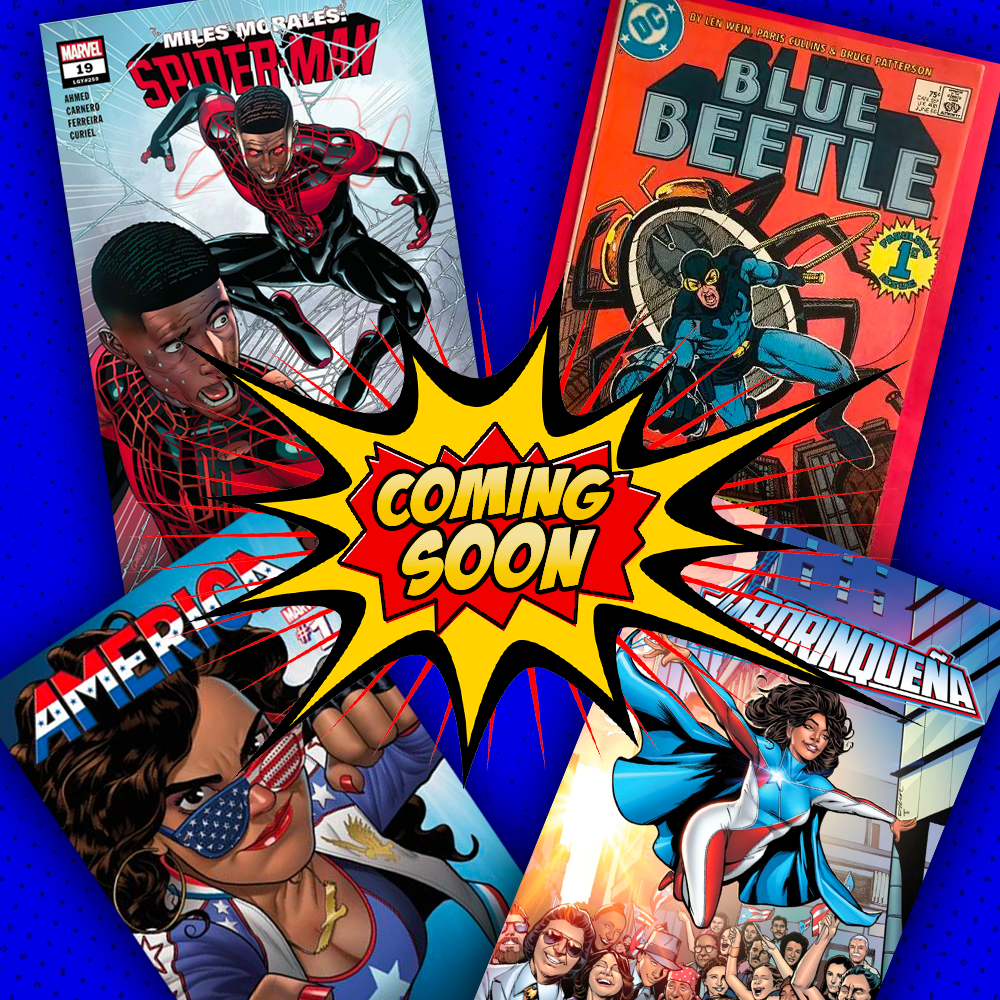Please visit response.fsu.edu for official FSU updates and resources.
The Expansion of Comic Book Characters

The rise of Hispanic representation in comic book media has been made apparent over the past decades with a slew of iconic characters being introduced into mainline stories for the world to enjoy, but it wasn’t always this way.
Comic books used to be a predominantly white-representative medium, with little to no diversity in their characters. It wasn’t until the latter half of the 20th century when things began to change. Marvel comics introduced characters like Black Panther in the 1960s, as well as the X-men, who serve as a metaphor for minority groups all across the world still to this day. It wasn’t until 1975 when the first mainline Latino comic book character was introduced by Marvel. Hector Ayala A.K.A. White Tiger, a Puerto Rican college student, donned a white suit that, curiously enough, showed nothing of his skin. Whether this was intentional or not, the comic book world had now been introduced to a true Hispanic character for the first time ever, and his creation paved the way for many more beloved Hispanic characters today.
Latino representation in comics in the last decade has received more attention than ever with introductions to characters such as America Chavez, an LBGTQ+ Latin-American woman with dimension hopping abilities. Her character appeared in live action in Marvel Studios’ Doctor Strange and the Multiverse of Madness played by young Hispanic actress Xochitl Gomez.
Perhaps the most famous Hispanic character in the comic book world Miles Morales, an Afro-Latino American Spider-Man, most recently made his big screen debut in the hit animated film Spider-Man: Into the Spiderverse. He also was a side character in Insomniac’s Spider-Man PlayStation video game, from which his own spin-off game was formed called Spider-Man: Miles Morales. He’s also predominantly featured in the brand-new hit-sequel to Insomniac’s original Spider-Man game, Spider-Man 2.
Most recently over this past summer, Jaime Reyes A.K.A. Blue Beetle, made his big screen debut as the title character of his own film, which was backed by an all-star Hispanic cast, as well as a Puerto Rican director in Angel Manuel Soto. This kind of holistic inclusion in the comic book world is important, as it’s vital to give these stories to people who understand and care about the cultural complexities within the characters.
With representation of Latinx characters expanding onto the big screen, the world of comic books has never been more diverse. What used to be a predominantly white market made by predominantly white artists, is now a hub for artistic minds to explore different cultures and share them with readers across the world. Beloved characters like Miles Morales, Jaime Reyes, or America Chavez prove that there is a space and a market for alternative voices in any medium, while being a worthy and important addition to their respective comic universes.
Writer: Christopher Robertson
Artist: Solymar Estrella



